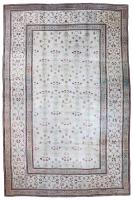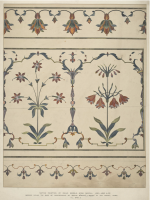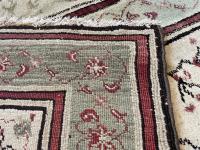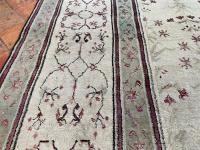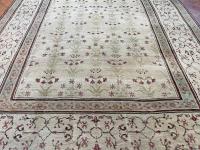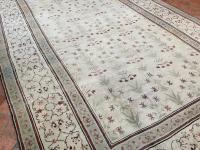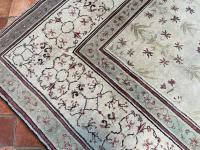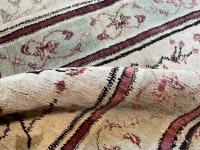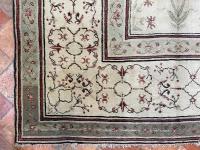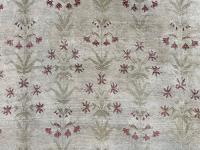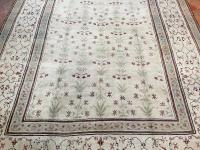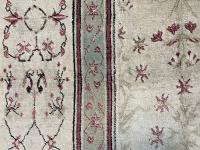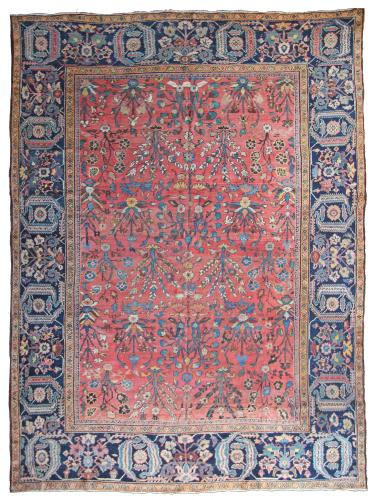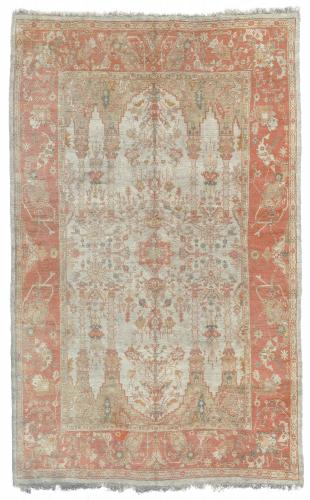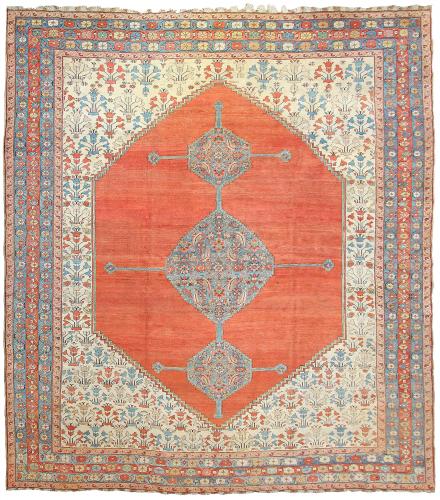
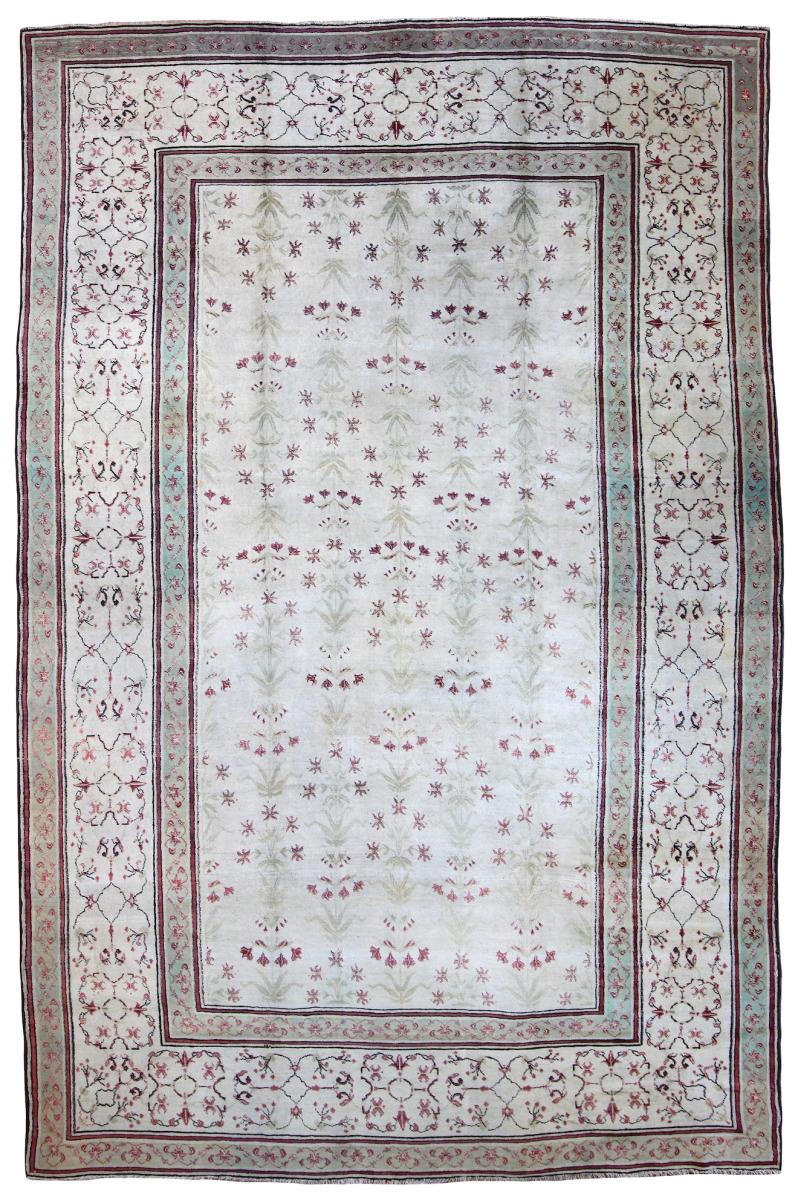
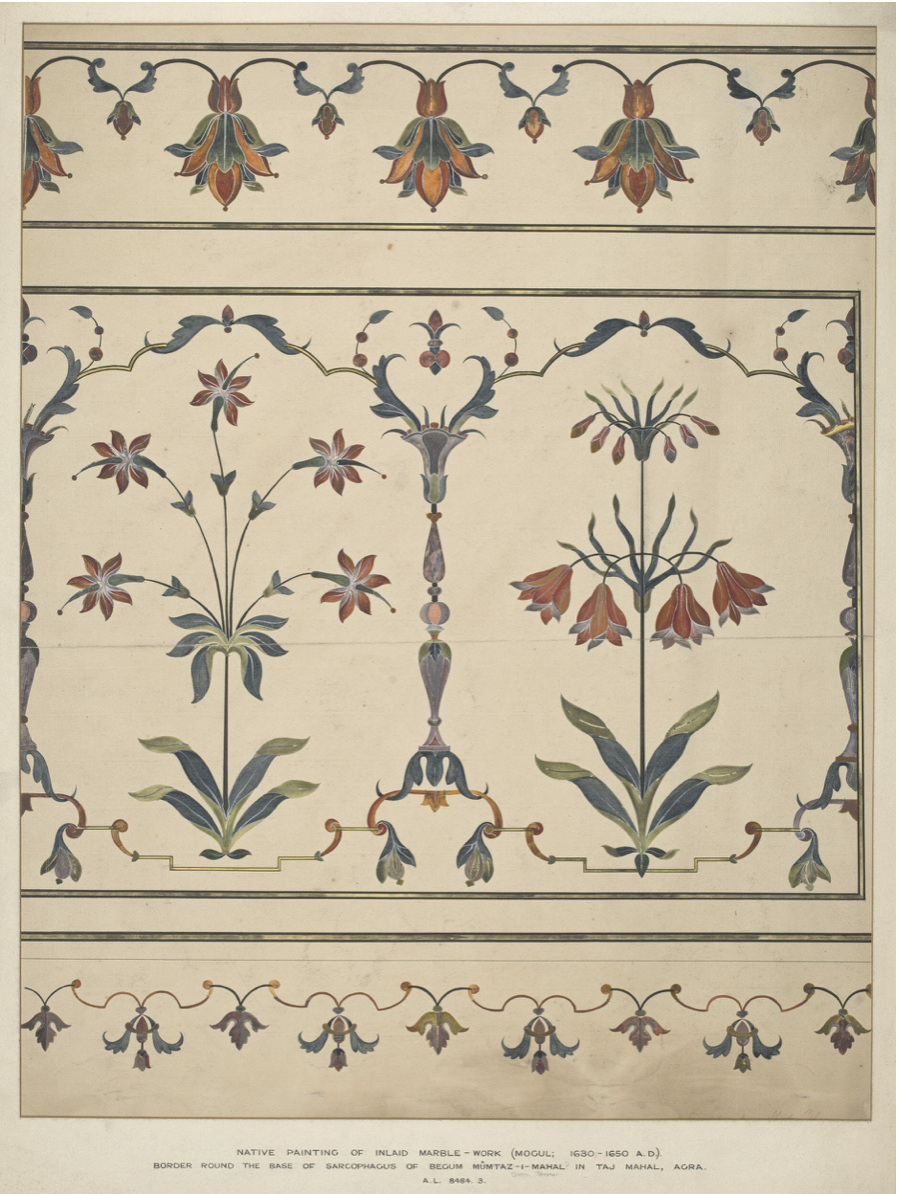
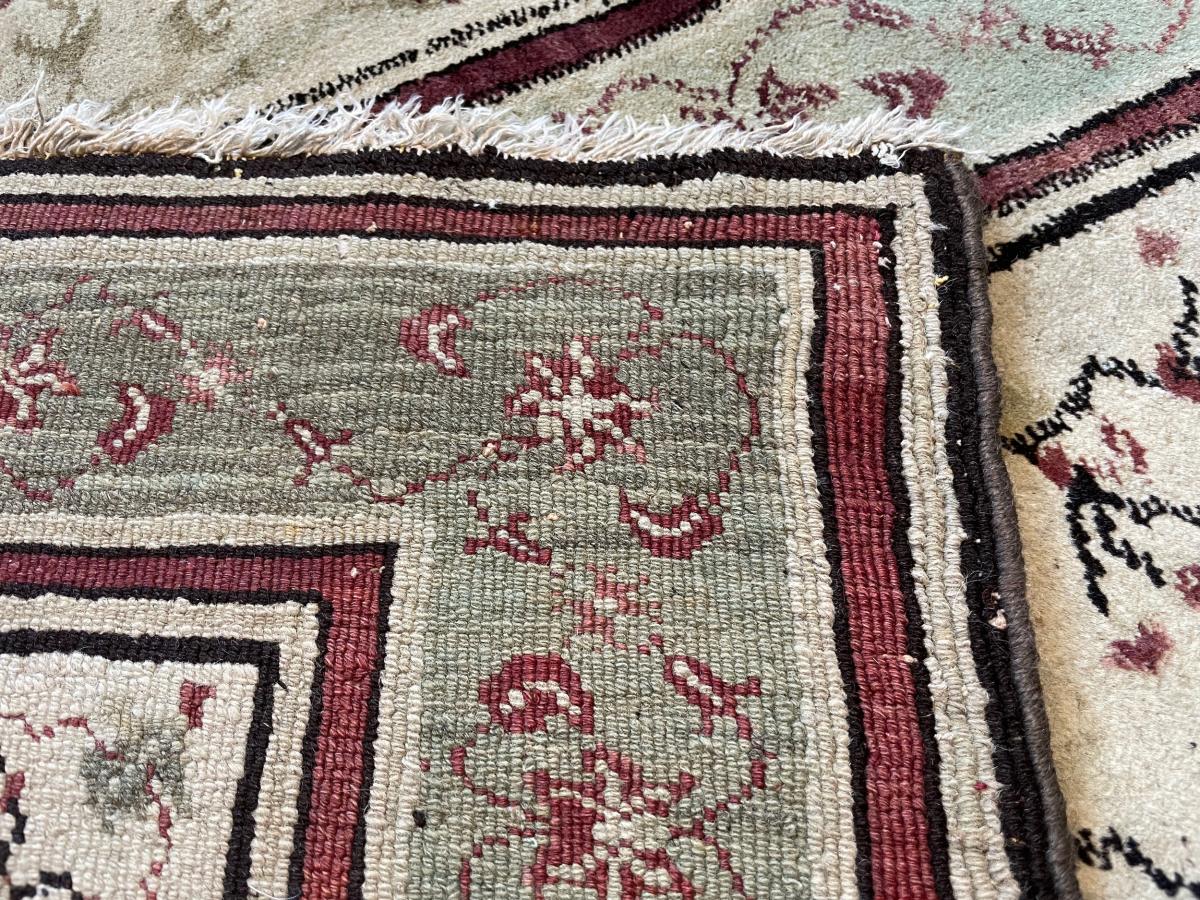
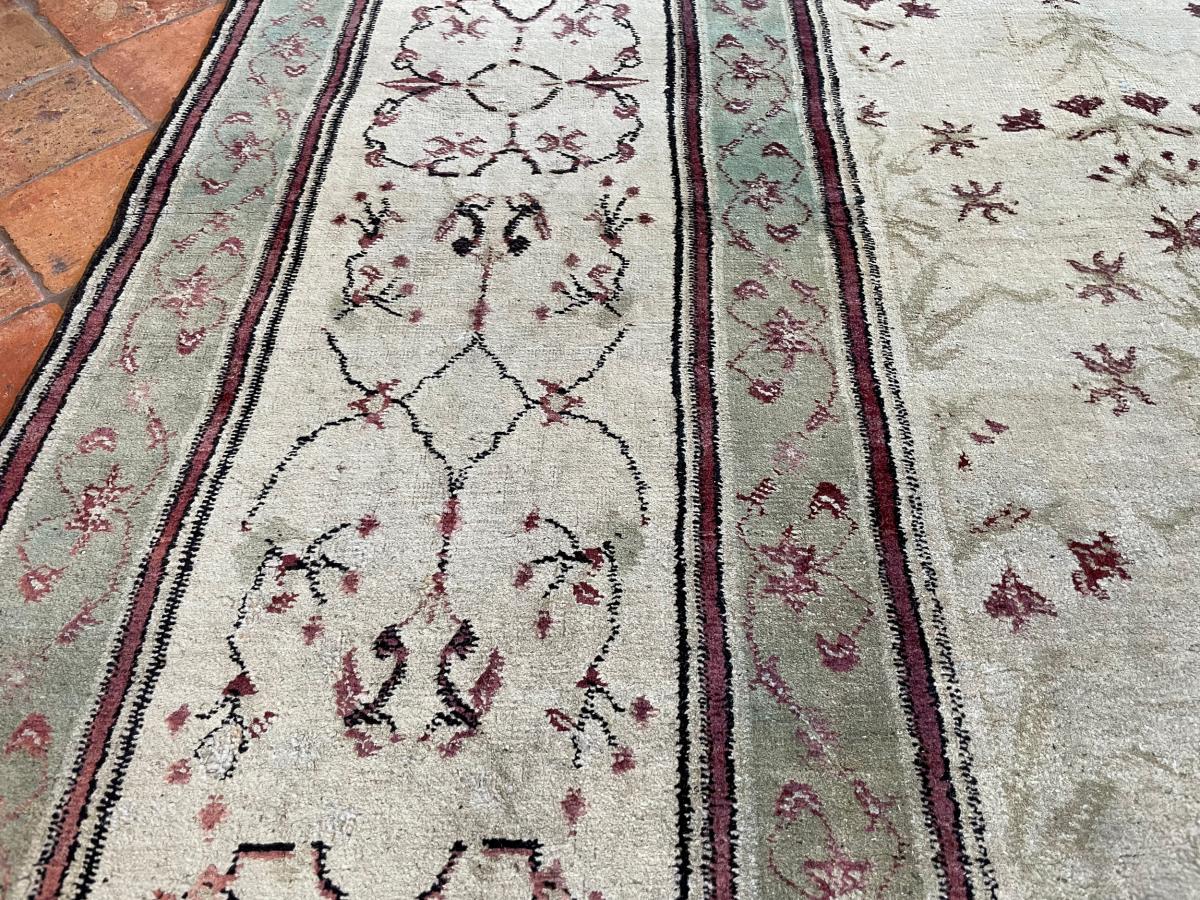
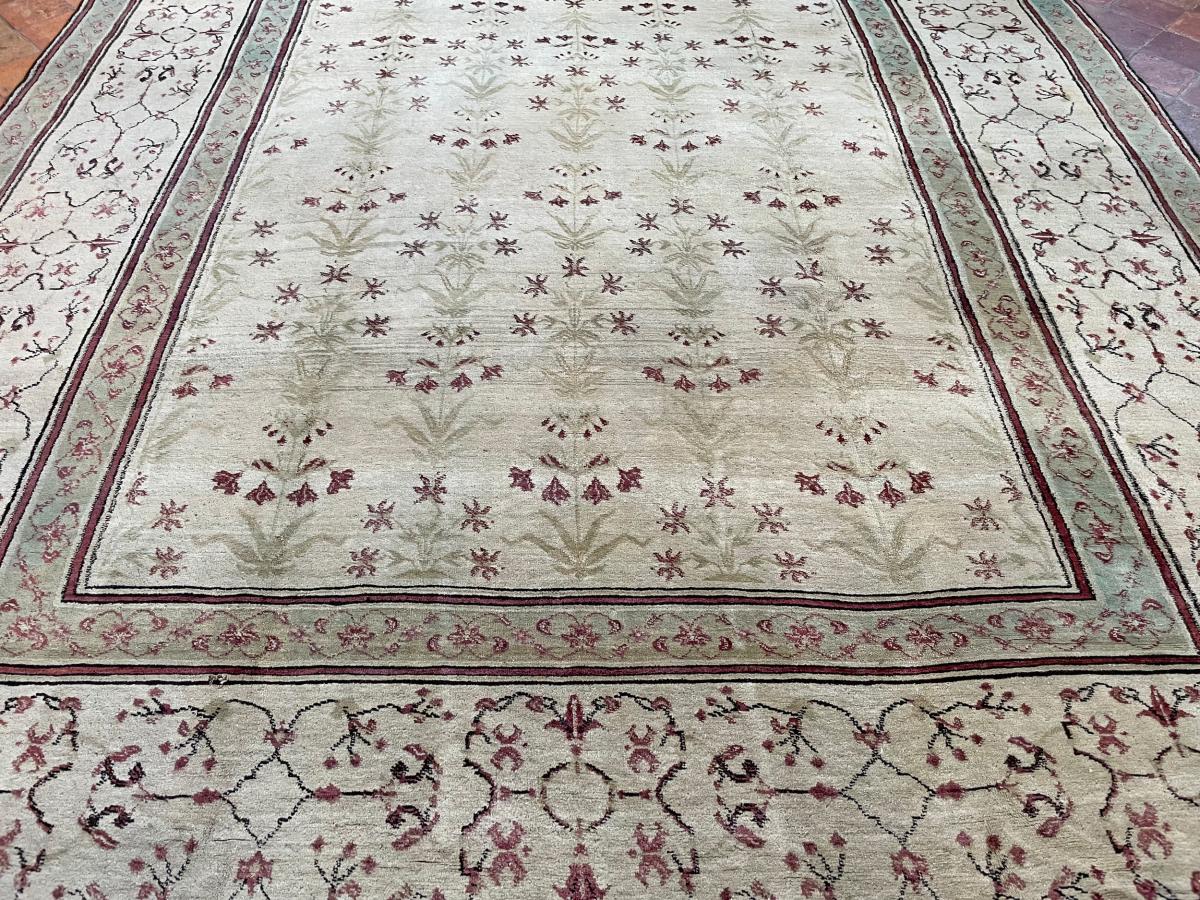
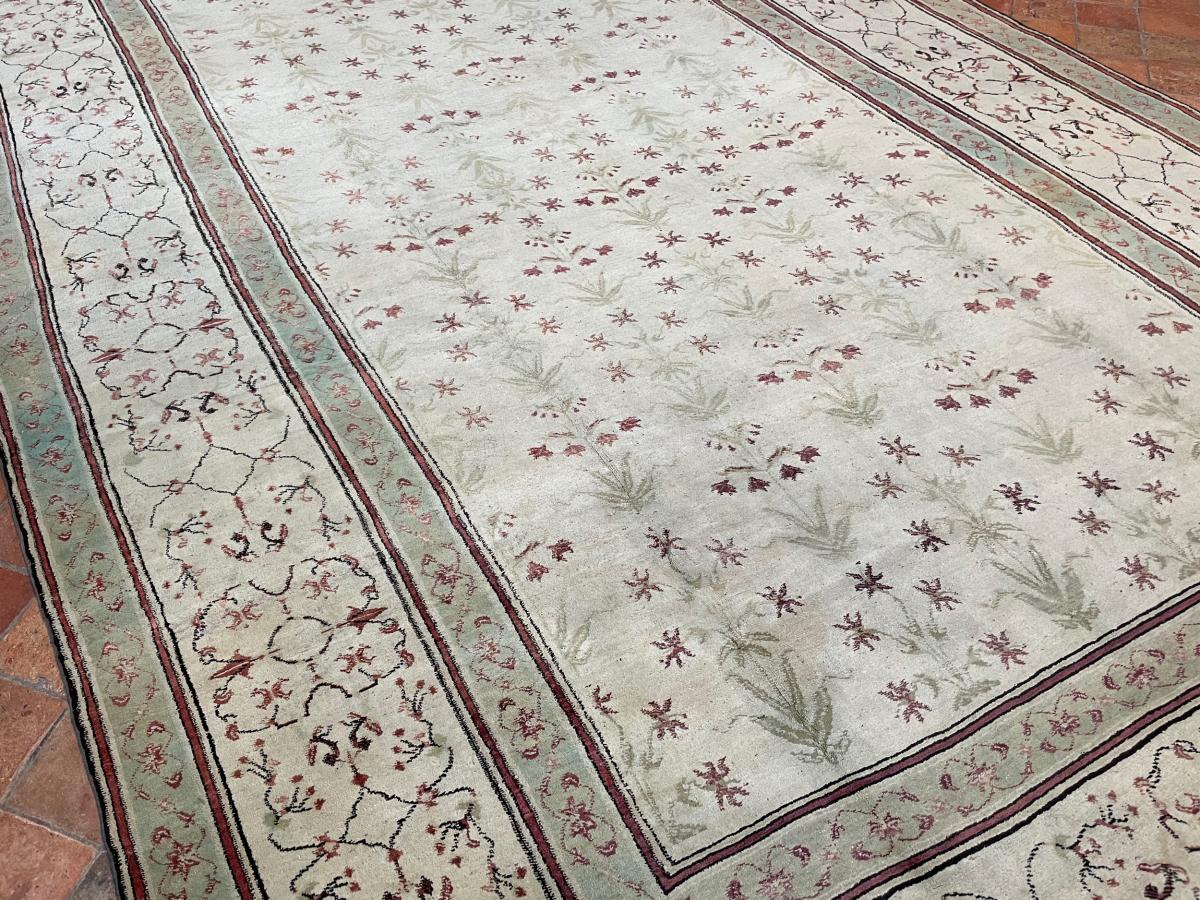
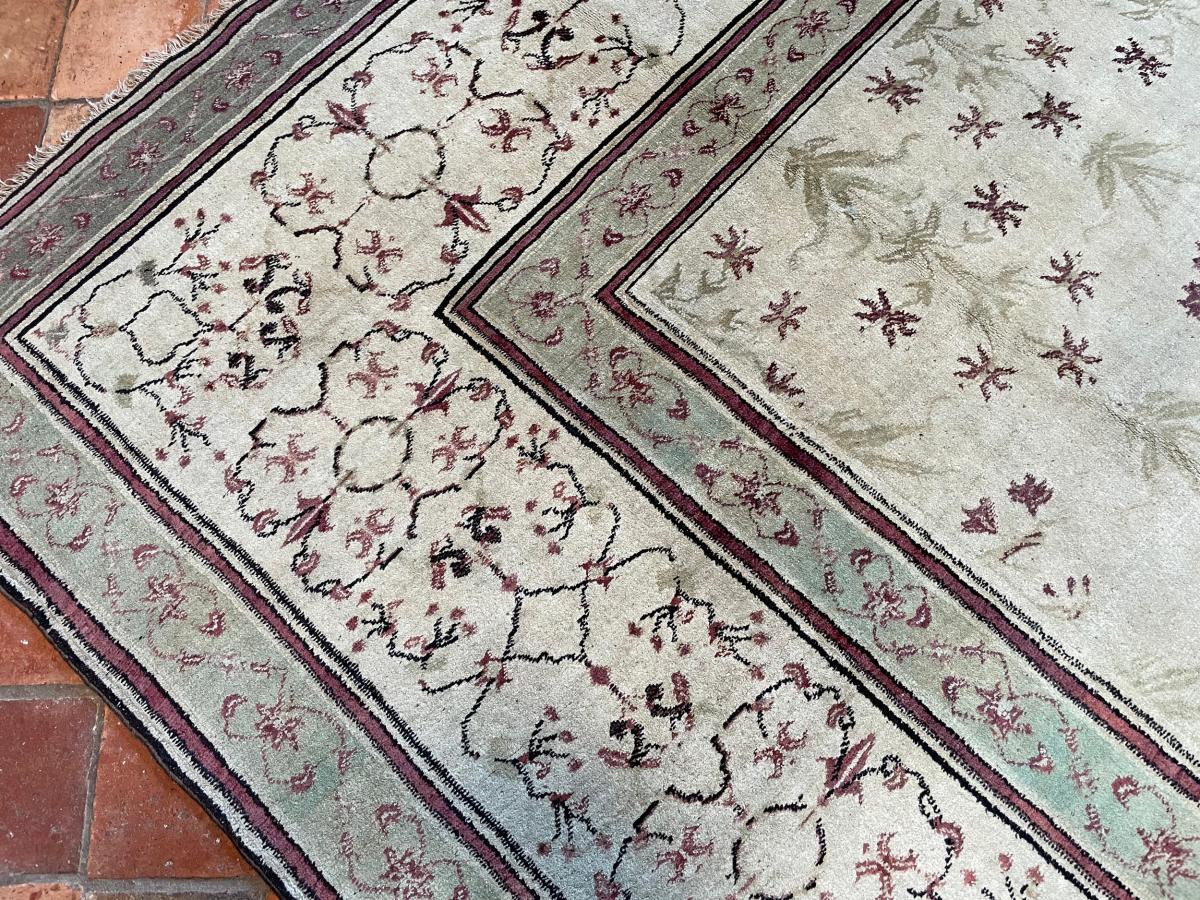
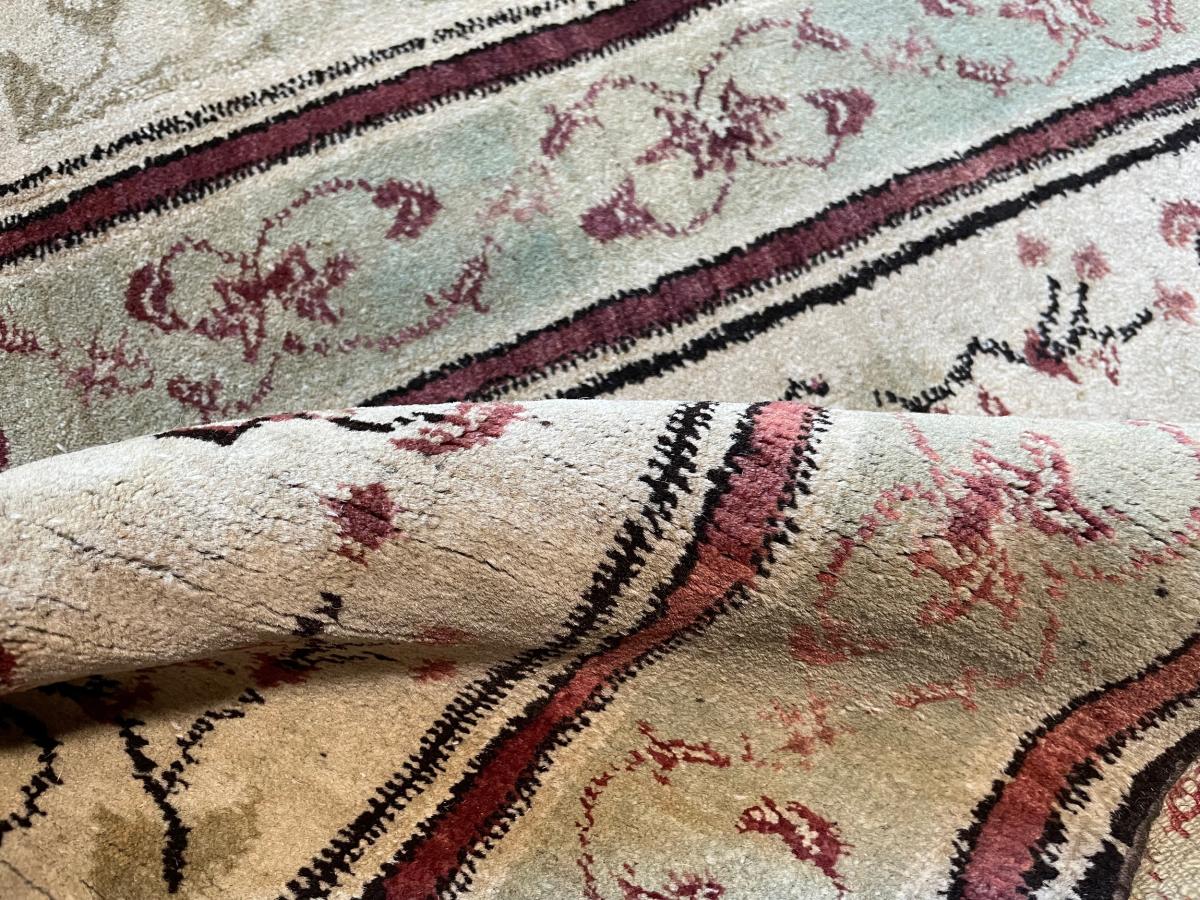
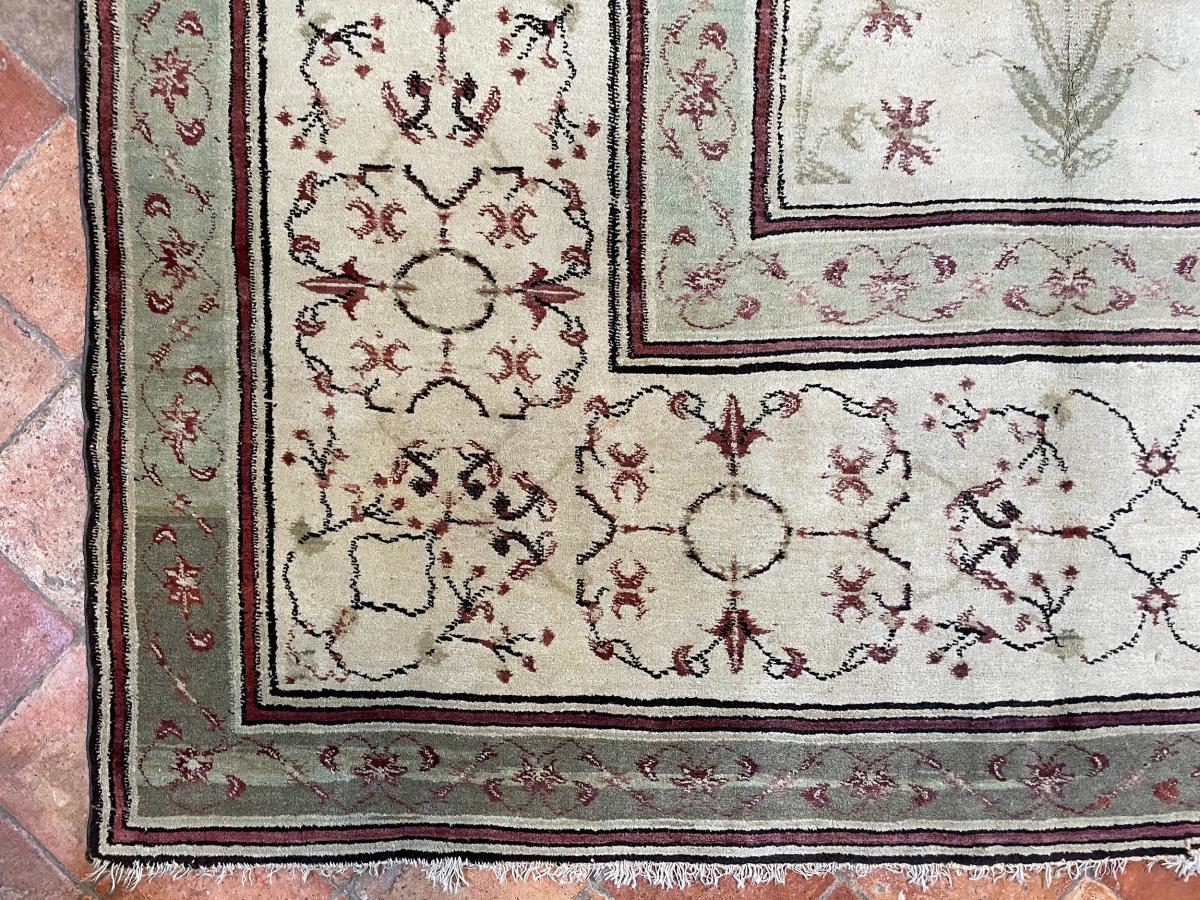
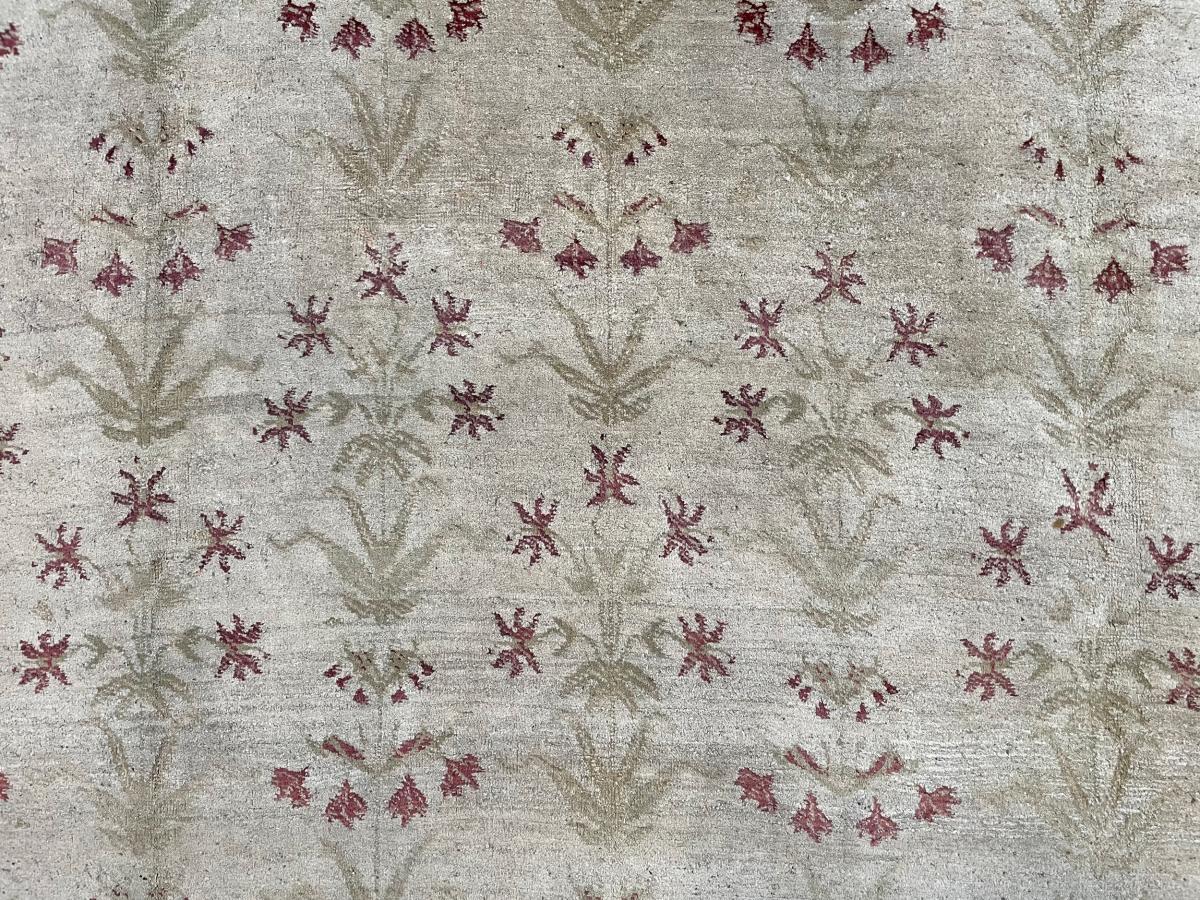
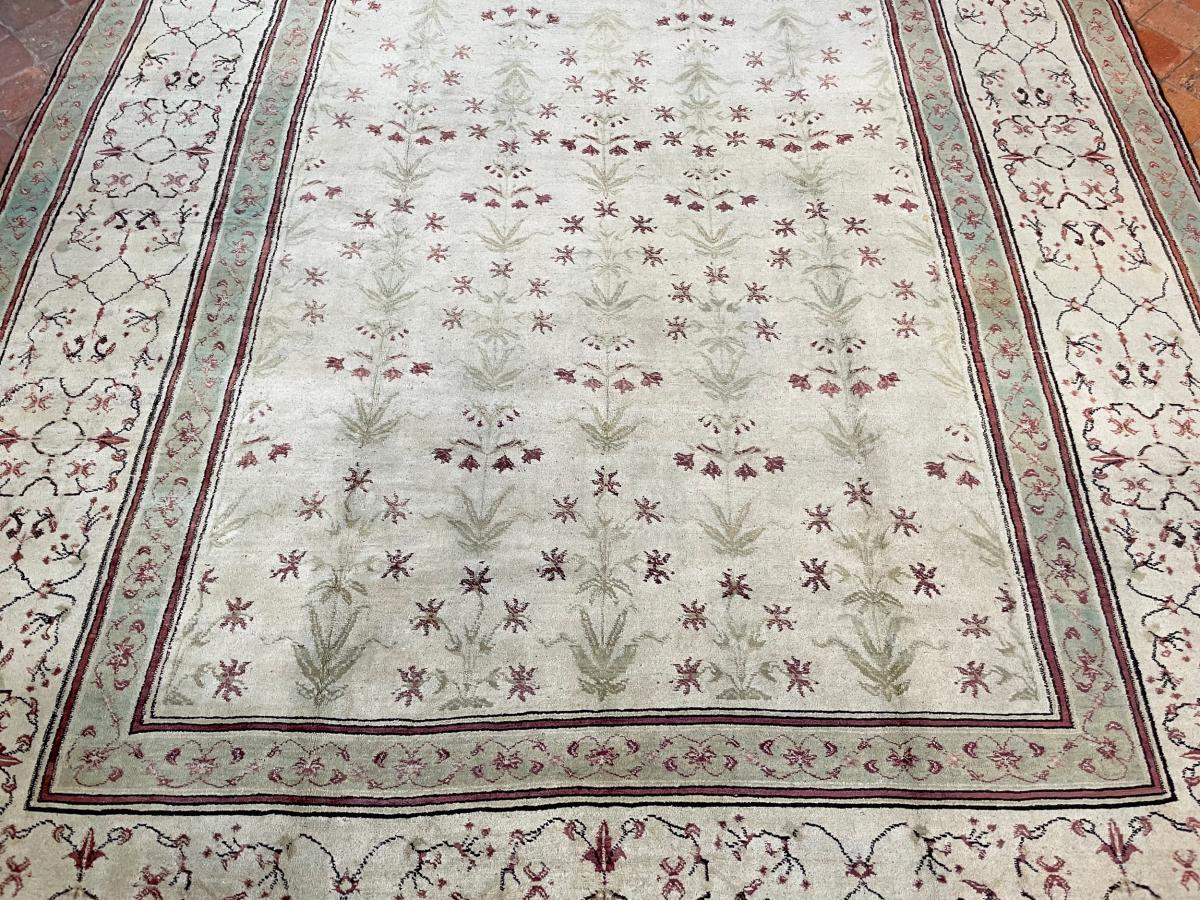
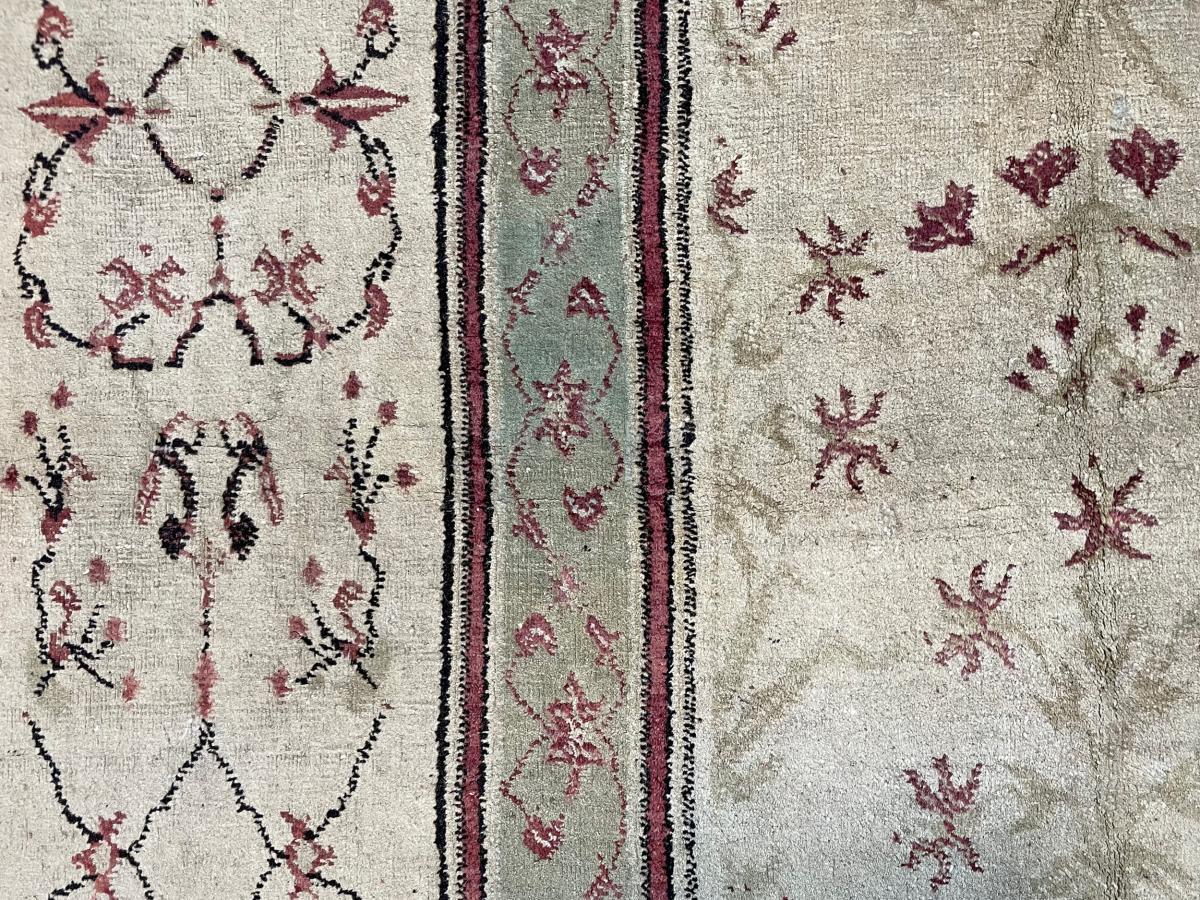
Price on application
This object is eligible for a Certificate of BADA Provenance
The BADA Standard
- Since 1918, BADA has been the leading association for the antiques and fine art trade
- Members are elected for their knowledge, integrity and quality of stock
- Our clients are protected by BADA’s code of conduct
- Our dealers’ membership is reviewed and renewed annually
- Bada.org is a non-profit site: clients deal directly with members and they pay no hidden fees
This remarkable early Antique Agra carpet is an incredibly rare find, in exceptional original condition dating from 1850-1860. This is one of the best early Agra carpets we have seen, both in the simple colour selection and the condition it is in. The ’Shrub’ design in the main field is one of the desired designs in Agra carpets.
On researching this carpet, we found a collection of drawings from 1840 in the V&A Museum which is the same Shrub design in the main field of this carpet. Please view the V&A website to see the information. Looking at the dyes and weave along with this drawing, this Agra carpet could be even earlier than 1860 as this design was made in 1840. The design is an inlay drawing for the cenotaph of Shah Jahan identical to the border design of this ivory rare Agra carpet.
Visit our barn showroom in Crondall, Surrey to view our exceptional collection of rare and decorative antique carpets and rugs. You can also request a home visit, to arrange a time to view this exceptionally rare antique Agra carpet in-situ.
The Indian city of Agra in the late 19th century was an area where carpet weaving began to excel, as carpets and rugs were comissioned for the western market. Persian designs were used, but like Ziegler carpets the designs were generally enlarged to show beautiful palmettes and vines with mainly reds, purples, greens and ivory as the predominant colours. From the 16th century, during the Mughal Empire carpet weaving was influenced by the Persian weavers which resided in Agra, India. Designs on Agra carpets vary considerably, but Persian floral motifs from Tabriz and Ziegler were often used. The British revival in the 19th century bought back the production of oriental rugs after the collapse of the Mughal Empire due to high demand for export.
Dimensions
420 x 275 cm / 13'9" x 9'Condition report
Exceptional, in wonderful pile all over.Stock number
7192The BADA Standard
- Since 1918, BADA has been the leading association for the antiques and fine art trade
- Members are elected for their knowledge, integrity and quality of stock
- Our clients are protected by BADA’s code of conduct
- Our dealers’ membership is reviewed and renewed annually
- Bada.org is a non-profit site: clients deal directly with members and they pay no hidden fees


